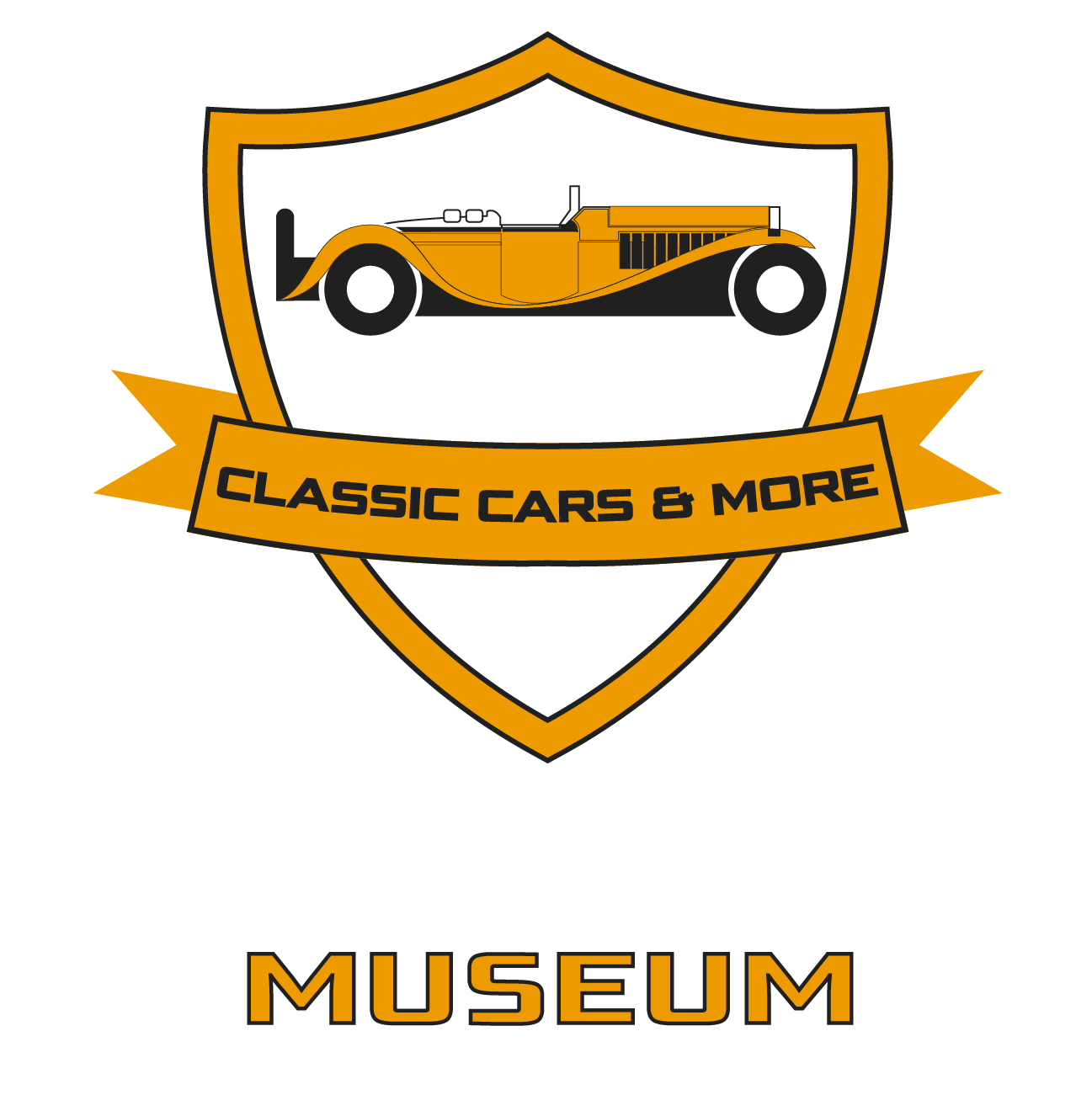365 DAILY NEWSLETTER
BMW E28 M5
The asphalt-eating shark
Before the article, I would like to say a few words about the museum. Here at the 365 Oldtimer Museum we are currently running a German themed exhibition, which includes a 1991 M5 E34. It’s one of the successors to the legendary M5 you can read more about in this article. If you’re interested, come and see us here at 38-44 Bécsi street. And for similar car content, check out our Instagram and Facebook pages.
By the time the world had emerged from the dark smoke and chaos of the 70s, spiced with the oil crisis, a completely transformed consumer market was waiting. BMW’s answer was a mid-engined sports car that would have rivalled even Porsche. The engine of this Group-5 race car was upgraded quite heavily for the M5. Now, you could say that other models had been given powerful engines, but the E28 was a road saloon with a specific racing engine in the nose. The previously touted powerplant was a naturally aspirated engine with 6 cylinders and 286bhp. Also worth noting about the M5’s block was that the 3.5-litre, butterfly-valve-per-cylinder block produced 340Nm from 4500 rpm. This was mated to a 5-speed manual gearbox with a limited slip differential. It wouldn’t be up to today’s standards, but you can still bow your head to the 1986 M5’s six second 0-100 acceleration and top speed of just over 250km/h. This kind of racing technology in a road car was a huge novelty for those who hadn’t socialised on Ferraris and Lamborghinis. The inside of a car is just as important as the outside, and this German automotive art-piece was built with that in mind. The interior was so driver-focused that the entire center console was tilted towards the driver. Luxury was not only in form and comfort, but also in materials, as evidenced by the fact that even the steering column and the entire dashboard were covered from top to bottom in leather. Staying with the interior, the first thing that probably springs to our mind is the USS Enterprise, with its millions of different buttons. On the humorous side, there are 20 individual buttons, just for the electric controls of the two front seats alone, but that’s not a problem either, just an interesting anecdotal phenomenon. If we looked at the interior rear-view mirror, we could see a panel above the mirror that could alert us to 8 problems beside the seat-belt status. When I say that almost everything was electrically adjustable, I mean that even the two front head rests were electrically adjustable, which is not unusual. The M5 also had 4 power windows, adjustable footrests (driver’s seat only) and approximately 7 tiny M-Performance logos. The blood of the M5 fans is probably freezing hearing these words. It may sound incredible, but at one time manufacturers didn’t make a big deal about increased performance. Even on the outside of the car, apart from the front and rear air dams, the few M-series logos were barely visible to a layman eye. Of the meagre 2,241 examples produced, nearly 1,300 were made for American export. I’ve highlighted the American models because they were given half beige, half black interiors, and gratuitously gigantic bumpers. This was not BMW’s fault but rather the fault of American standards. In summary, the 1985 M5 was not only one of the last “shark” BMWs but also the BMW that laid the foundations for today’s M5s, forever inscribing itself in the ‘car hall of fame’.
(written by – Baczoni Márton Gyula)
Subscribe to our newsletter
Provide your e-mail address and click the button below to receive special deals and premium offers





